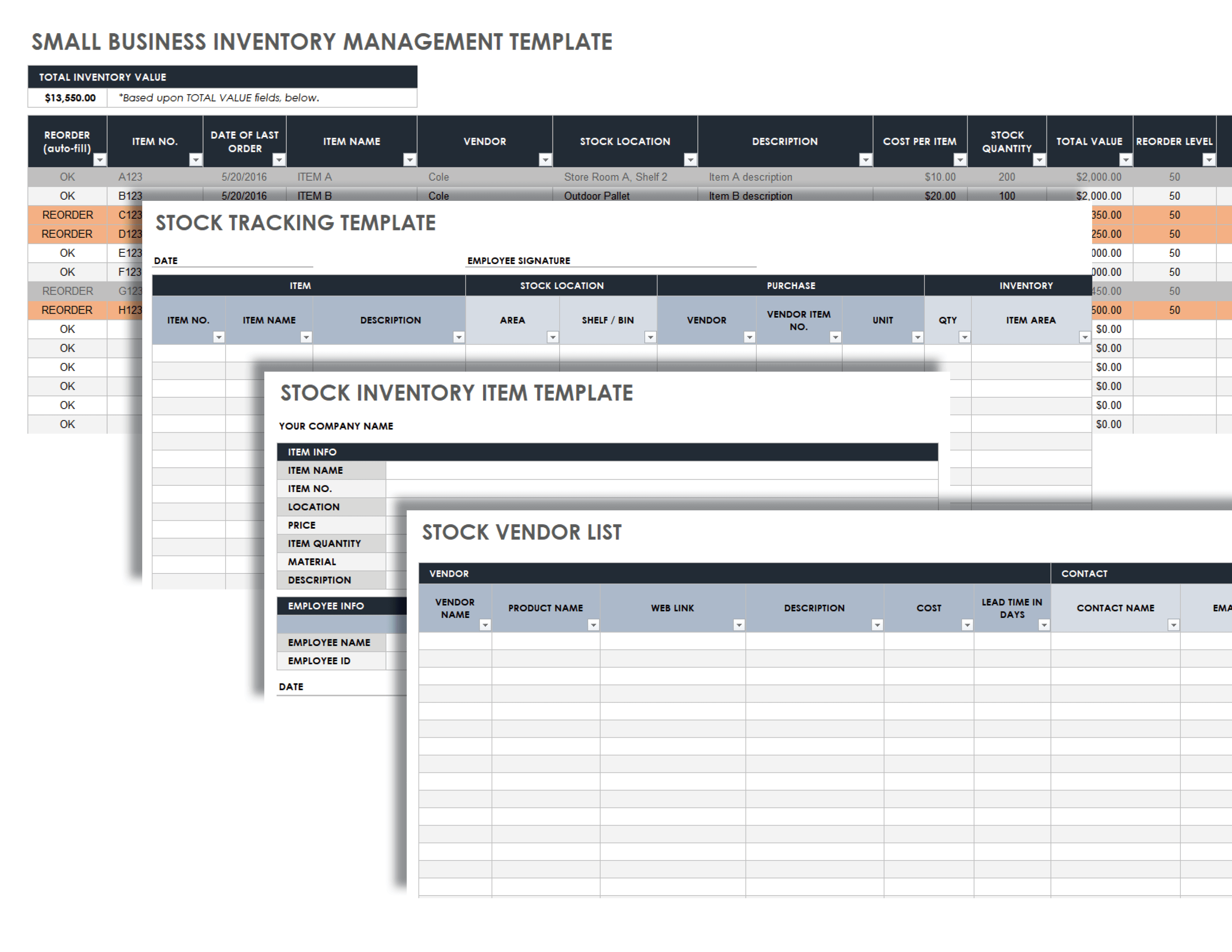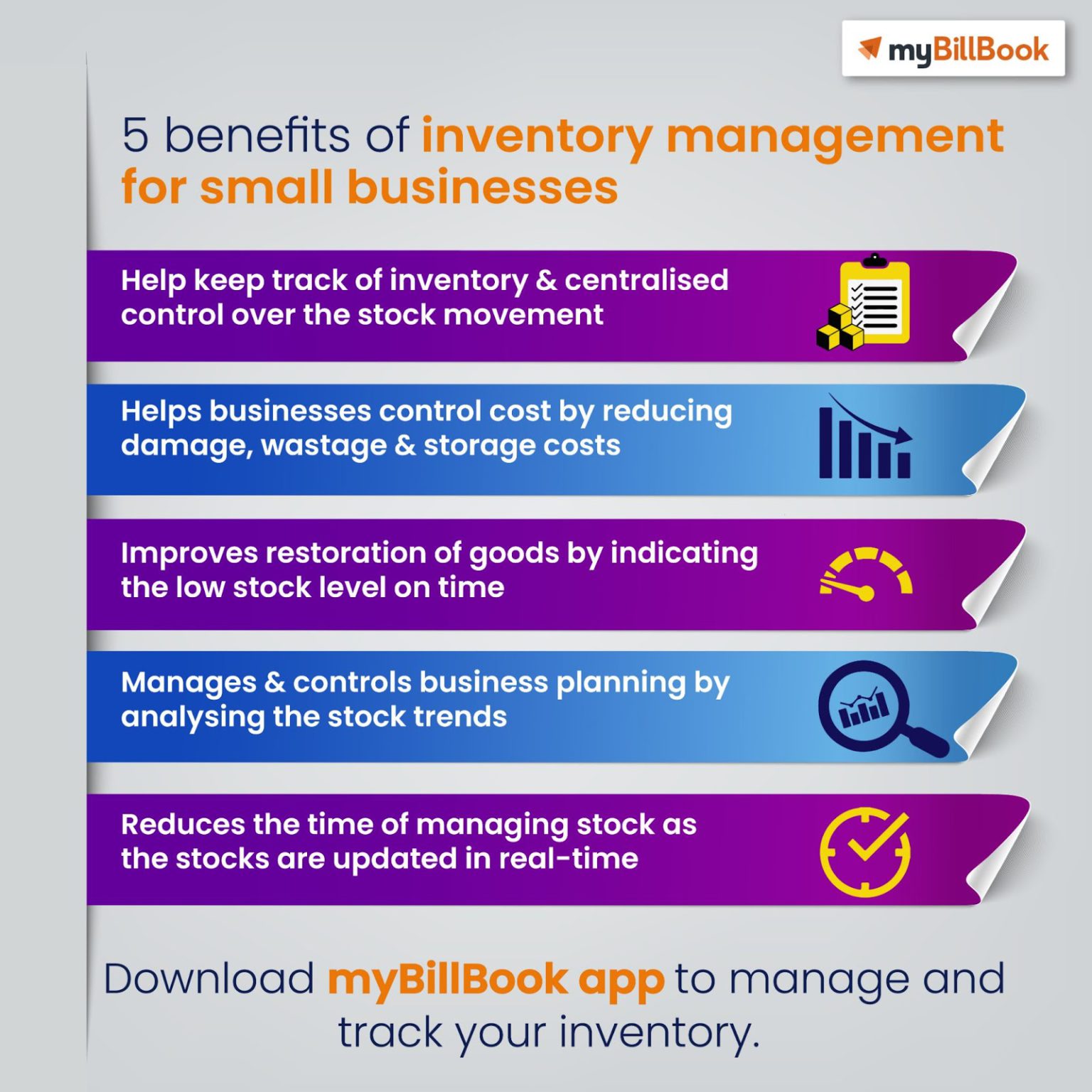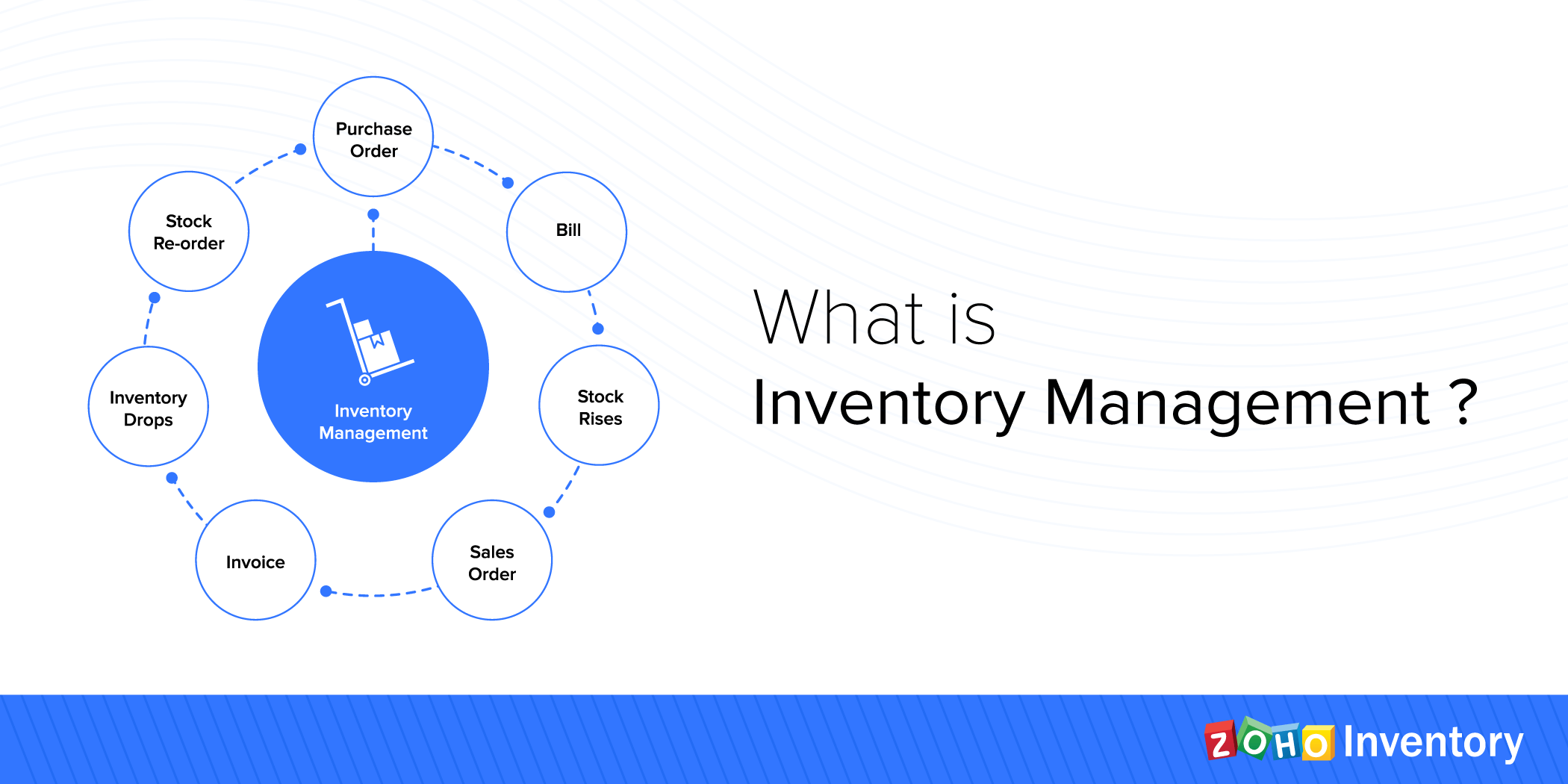Inventory management small businesses – Inventory management for small businesses is a crucial aspect of ensuring efficient operations and maximizing profitability. By implementing effective inventory management practices, small businesses can overcome common challenges, optimize stock levels, and improve customer satisfaction.
This comprehensive guide delves into the world of inventory management, providing a step-by-step approach to implementing best practices, exploring technology solutions, and discussing advanced techniques tailored specifically for small businesses.
Inventory Management for Small Businesses

Inventory management is a crucial aspect of running a small business, as it helps businesses track and manage their stock levels to ensure they have the right products in the right quantities at the right time. However, small businesses often face unique challenges in managing their inventory effectively.
Challenges Faced by Small Businesses in Inventory Management
- Limited resources:Small businesses often have limited resources, including staff, space, and capital, which can make it difficult to implement and maintain effective inventory management systems.
- Lack of expertise:Small business owners may not have the necessary expertise in inventory management, which can lead to errors and inefficiencies.
- Fluctuating demand:Small businesses often experience fluctuating demand for their products, which can make it difficult to predict inventory needs accurately.
- Competition:Small businesses face competition from larger businesses with more resources and more efficient inventory management systems.
Benefits of Effective Inventory Management for Small Businesses, Inventory management small businesses
Despite the challenges, effective inventory management can provide significant benefits for small businesses:
- Improved customer service:By ensuring that the right products are available in the right quantities, small businesses can improve customer service and reduce the risk of stockouts.
- Reduced costs:Effective inventory management can help small businesses reduce costs by minimizing waste, overstocking, and understocking.
- Increased efficiency:Improved inventory management can help small businesses streamline their operations and increase efficiency by reducing the time spent on inventory-related tasks.
- Improved profitability:By optimizing inventory levels and reducing costs, small businesses can improve their profitability.
Real-World Examples of Successful Inventory Management in Small Businesses
Numerous small businesses have experienced success by implementing effective inventory management strategies. For example, a small clothing store in New York City used a cloud-based inventory management system to track its stock levels and optimize its ordering process. This helped the store reduce its inventory by 20% and increase its sales by 15%.
Another example is a small online retailer that used a mobile inventory management app to track its inventory levels in real-time. This helped the retailer reduce its shipping times and improve its customer satisfaction ratings.
Best Practices for Inventory Management in Small Businesses

Effective inventory management is crucial for small businesses to optimize profitability and minimize waste. Implementing best practices ensures accurate tracking, forecasting, and optimization of inventory levels, leading to improved efficiency and financial success.
Step-by-Step Guide to Implementing Best Practices
- Establish Clear Inventory Policies:Define procedures for receiving, storing, issuing, and counting inventory to maintain consistency and accountability.
- Utilize Inventory Management Software:Automate inventory tracking, reduce manual errors, and gain real-time visibility into stock levels.
- Conduct Regular Inventory Audits:Physically verify inventory counts against records to identify discrepancies and ensure accuracy.
- Implement Cycle Counting:Regularly count a portion of inventory instead of the entire stock at once to minimize disruptions.
- Forecast Demand Accurately:Use historical data, market trends, and customer behavior to predict future demand and adjust inventory levels accordingly.
Importance of Accurate Inventory Tracking and Forecasting
Accurate inventory tracking and forecasting are essential for:
- Preventing Stockouts:Ensures availability of products to meet customer demand and avoid lost sales.
- Reducing Overstocking:Prevents excess inventory that leads to storage costs, obsolescence, and reduced profitability.
- Optimizing Cash Flow:Proper inventory management frees up cash tied up in excess stock and allows for timely payments.
Optimizing Inventory Levels
Optimizing inventory levels involves finding the balance between meeting demand and minimizing waste. Consider the following strategies:
- Establish Safety Stock:Maintain a buffer of inventory to prevent stockouts during unexpected demand fluctuations.
- Use Economic Order Quantity (EOQ):Calculate the optimal quantity to order to minimize total inventory costs, including ordering, holding, and shortage costs.
- Implement Just-in-Time (JIT) Inventory:Receive inventory as close to the time of need as possible to reduce storage costs and waste.
Technology Solutions for Inventory Management in Small Businesses: Inventory Management Small Businesses

Inventory management software and apps can streamline operations, reduce errors, and improve efficiency. There are numerous options available, each with its own features and benefits.
Cloud-Based vs. On-Premise Inventory Management Solutions
Cloud-based solutions are hosted online, allowing access from anywhere with an internet connection. They are typically more affordable and easier to implement than on-premise solutions, which are installed on a local server. On-premise solutions offer more customization and control, but require more technical expertise and can be more expensive.
Types of Inventory Management Software and Apps
- Basic inventory management systems: Track inventory levels, create purchase orders, and generate reports.
- Advanced inventory management systems: Offer additional features such as inventory forecasting, barcode scanning, and integration with other business systems.
- Warehouse management systems (WMS): Designed for businesses with complex inventory operations, such as those with multiple warehouses or high volume of orders.
- Inventory optimization software: Helps businesses optimize inventory levels to minimize carrying costs and improve cash flow.
Tips for Choosing the Right Inventory Management Solution
- Consider the size and complexity of your business.
- Identify your specific inventory management needs.
- Compare the features and benefits of different solutions.
- Read reviews and testimonials from other businesses.
- Request a demo or free trial to test the software before purchasing.
Advanced Techniques for Inventory Management in Small Businesses
Small businesses can gain a competitive edge by adopting advanced inventory management techniques. These techniques leverage technology and data to improve inventory forecasting, optimization, and overall efficiency.
Just-in-Time (JIT) Inventory Management
JIT is an inventory management strategy that aims to minimize inventory levels by receiving goods only when they are needed for production or sale. This approach reduces storage costs, improves cash flow, and ensures that inventory is fresh and relevant.
- JIT requires close coordination with suppliers and a reliable supply chain.
- It is particularly suitable for businesses with high inventory turnover and low storage capacity.
Data Analytics and Machine Learning
Data analytics and machine learning algorithms can analyze historical sales data, inventory levels, and other factors to improve inventory forecasting and optimization. This technology can:
- Identify demand patterns and predict future sales.
- Optimize inventory levels to minimize stockouts and overstocking.
- Automate inventory replenishment and order fulfillment.
Tips for Implementing Advanced Inventory Management Techniques
- Start small and gradually implement advanced techniques as your business grows.
- Invest in reliable inventory management software and technology.
- Train your team on new inventory management processes.
- Monitor and adjust your inventory management strategy regularly based on data and performance metrics.
Case Studies and Success Stories

Case studies and success stories provide valuable insights into how small businesses have effectively implemented inventory management practices. By examining the challenges they faced, the solutions they implemented, and the results they achieved, other small businesses can learn from their experiences and apply these lessons to their own operations.
Here are some case studies that illustrate the benefits of effective inventory management:
Case Study: Small Online Retailer
A small online retailer was struggling with inventory accuracy and inefficient order fulfillment. They implemented an inventory management system that integrated with their e-commerce platform, automating inventory updates and streamlining the order fulfillment process. This resulted in a 25% reduction in inventory errors and a 15% increase in order fulfillment efficiency.
Case Study: Manufacturing Company
A manufacturing company was experiencing frequent stockouts and production delays due to poor inventory visibility. They adopted a cloud-based inventory management system that provided real-time inventory data across multiple warehouses and production lines. This improved inventory visibility by 30%, reduced stockouts by 20%, and increased production efficiency by 10%.
Lessons Learned
- Invest in technology solutions that automate inventory management processes and provide real-time inventory visibility.
- Establish clear inventory management policies and procedures to ensure accuracy and efficiency.
- Monitor inventory levels regularly and adjust ordering patterns to prevent stockouts and excess inventory.
- Collaborate with suppliers to optimize inventory levels and ensure timely delivery.
- Continuously evaluate and improve inventory management practices to maximize efficiency and profitability.
Closing Notes

In conclusion, effective inventory management is a cornerstone of success for small businesses. By embracing the strategies Artikeld in this guide, small businesses can streamline their operations, reduce costs, and enhance customer satisfaction. By staying ahead of inventory management trends and continuously improving their practices, small businesses can unlock their full potential and thrive in today’s competitive market.
FAQ Compilation
What are the common challenges faced by small businesses in inventory management?
Small businesses often face challenges such as inaccurate inventory tracking, overstocking, stockouts, and inefficient forecasting.
How can inventory management benefit small businesses?
Effective inventory management can help small businesses reduce costs, improve customer satisfaction, optimize cash flow, and gain a competitive advantage.
What are some best practices for inventory management in small businesses?
Best practices include implementing an inventory management system, conducting regular inventory audits, optimizing stock levels, and using technology to automate processes.